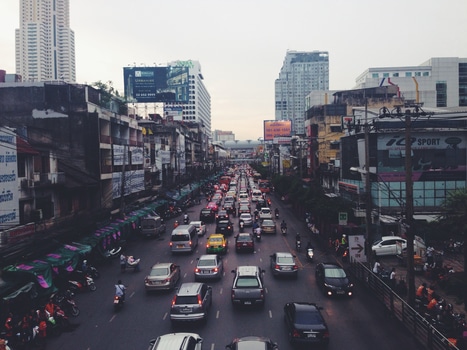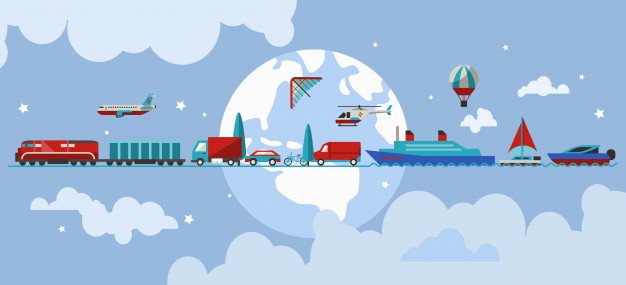While individual injury lawyer might frequently see motor car crash guarantees that were brought on by distraction out of the car and risks on the roadway, there is a lot of risks inside of the auto that can likewise prompt accidents.
A study by insurance agency discovered that improper footwear, disposed of coffee containers and animals are the most unsafe things individuals can get involved within the auto. These contribute to road traffic accident that ends up requiring the drivers a normal loss of £262 in car repairs, and additionally the related costs of motor car crash claims.
An aggregate of 43% of female drivers conceded that they have not been able to utilize the pedals appropriately on account of the high heel, with this danger especially basic among those matured females between 25 and 34.
Besides, 20% of them reviewed said that beverage bottles moving under their brake or race pedals had prompted a vehicle mishap or a close miss, at the same time as 12.5% said animals looking for consideration and circling in the auto had placed them in risk or created a mishap.
It is suspected that these issues and diversions could make drivers lose center for over three seconds on end, yet it will be no reason in motor car collision claims.
What urban communities see the most mishaps?
The research of insurance agency likewise uncovered that people in the UK could be at the most serious danger of auto crashes, with 50% of victims accepting that they have experienced a close miss or some scratches only. People of West Midlands are at second number with 45%, subsequently people in Wales at 44%.
It is felt that large amounts of overcrowding in the big cities could be in charge of the increased danger for a road traffic accident.
An expected 14 million out of 34 million driver permit holders in the UK have involved in a mischance or a close miss created by diversions inside of the cars, as more or less 39% of the 2,100 individuals surveyed by a study accepting to it.
The ‘no win no fee’ lawyer admits that at the same time as drivers might be arranged for diversions outside the auto, they won’t spend as long setting up the internal space and might overlook the risks inside of the vehicle.
(Note: this article is intended for informational purposes only and should not be read as a promotion, solicitation or endorsement. The author has no affiliation accident at work compensation solicitors of its agencies or subsidiaries, or with any other personal injury law firm.)
Regardless of this, it is impractical to totally manage what takes place out of a vehicle, yet drivers can manage the majority of the dangers inside of vehicles. Individuals should keep their autos spotless and without any waste, must keep pets all around secured, and ought to wear reasonable shoes for driving at whatever point they get in the driver’s seat.
Mindful driving is critical for drivers and their travelers, in addition to key in securing the wellbeing of other people out and about. While a few individuals might have the capacity to deal with the anxiety of being obligated in a motor car collision claim, criminal cases can be considerably harder to adapt to, and the blame of being in charge of passing or genuine damage brought about by a fender bender can be difficult to adapt to.
Saam smith is a blogger who works alongside a team of accident at work compensation claims. She has had his work published across a huge range of different platforms and media. She has previously worked as a content writer and a journalist.




















